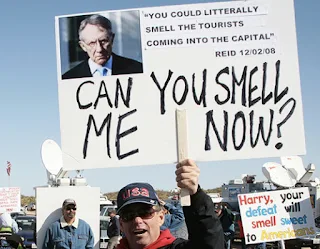A reminder from Nicole Gelinas from July why the Dodd-Frank legislation was a failure:
For 25 years, Washington has done everything in its power to subsidize Americans' profligate borrowing habits. Debt became the fuel for economic growth. Washington subsidized the financial industry's borrowing through implicit guarantees against loss.
The feds first started rescuing creditors to "too big to fail" banks in 1984. Since then, it's become clear to lenders -- Wall Street's global bondholders and trading counterparties -- that the government would save them anytime a large financial firm foundered.
Indemnified against losses, bondholders could lend nearly infinitely to Wall Street. Wall Street found creative ways to lend that money right back to the public, through mortgage brokers and credit card marketers.
Some exceptions exist. In September 2008, the feds refused to rescue Lehman Brothers' lenders. But the exceptions have only proven the rule. Today, conventional Washington wisdom is that letting Lehman fail was a catastrophe.
The Dodd-Frank bill is a monument to the status quo. Despite promises that the bill will end bailouts, it enshrines bailouts into law.
Read the whole thing
here.







